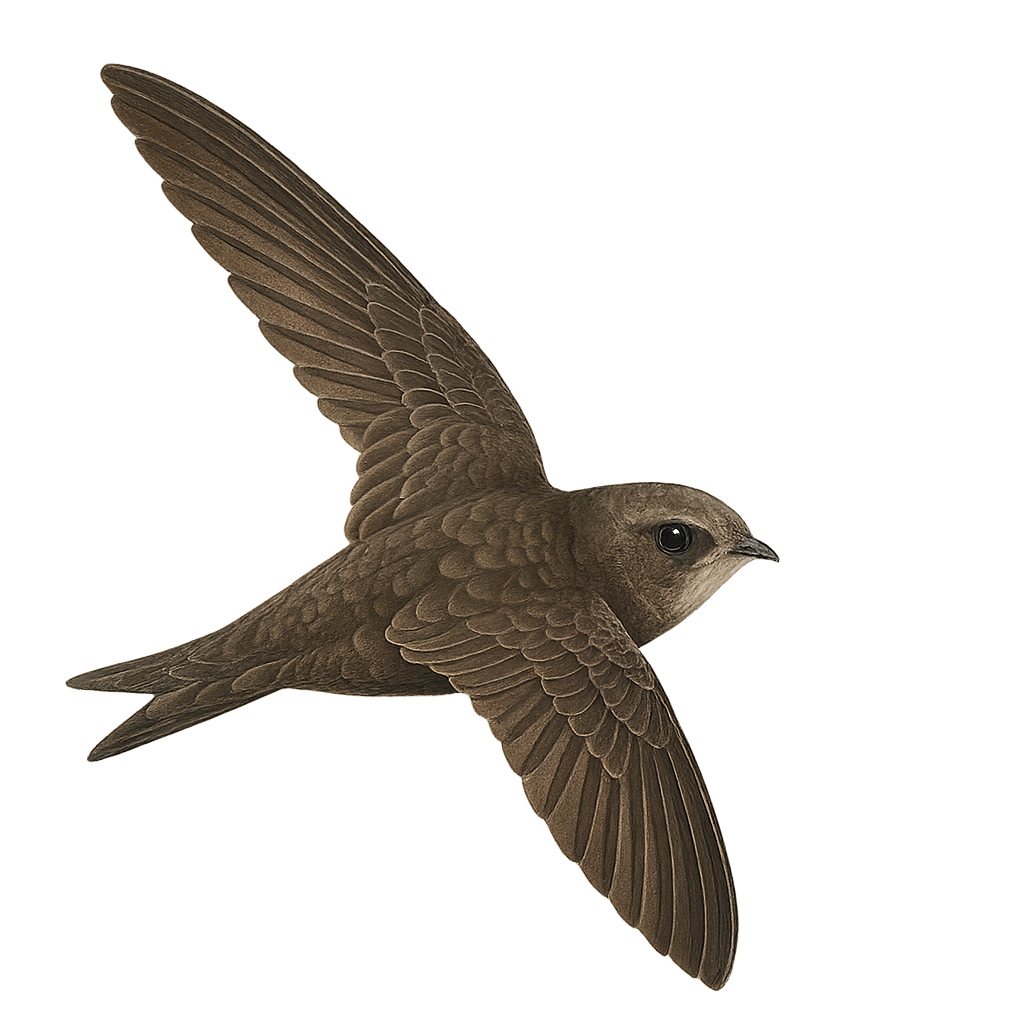Your wildlife photography guide.
Explore the seychelles swiftlet in detail, study its behavior, prepare your shots.
Where to observe and photograph the seychelles swiftlet in the wild
Learn where and when to spot the seychelles swiftlet in the wild, how to identify the species based on distinctive features, and what natural environments it inhabits. The WildlifePhotographer app offers tailored photography tips that reflect the seychelles swiftlet’s behavior, helping you capture better wildlife images. Explore the full species profile for key information including description, habitat, active periods, and approach techniques.
Seychelles Swiftlet
Scientific name: Aerodramus elaphrus

IUCN Status: Near Threatened
Family: APODIDAE
Group: Birds
Sensitivity to human approach: Suspicious
Minimum approach distance: 10 m
Courtship display: March to May
Incubation: 19-21 jours
Hatchings: March to June
Habitat:
tropical forests, cliffs, caves
Activity period :
Primarily active during the day, with peak activity in the morning and late afternoon.
Identification and description:
The Seychelles Swiftlet, or Collocalia elaphra, is a small bird endemic to the Seychelles islands. This member of the Apodidae family is characterized by its brownish-grey plumage and its ability to fly swiftly and agilely. It primarily feeds on insects caught in flight. Seychelles Swiftlets often nest in caves or cliffs, using their saliva to build nests. Their population is relatively stable, though confined to their insular habitat. These birds are particularly active during the day, often flying in groups. Their behavior is generally suspicious, making observation challenging for amateur ornithologists.
Recommended lens:
400 mm – adjust based on distance, desired framing (portrait or habitat), and approach conditions.
Photography tips:
To photograph the Seychelles Swiftlet, it is advisable to use a telephoto lens of at least 400mm to capture detailed images from a distance. As these birds are suspicious, it is important to remain discreet and blend into the environment. Opt for times of the day when the light is soft, such as early morning or late afternoon, to get well-lit shots. Patience is key, as these birds can be difficult to approach.
The WildlifePhotographer App is coming soon!
Be the first to explore the best nature spots, track rutting seasons, log your observations, and observe more wildlife.
Already 1 432 wildlife lovers subscribed worldwide

